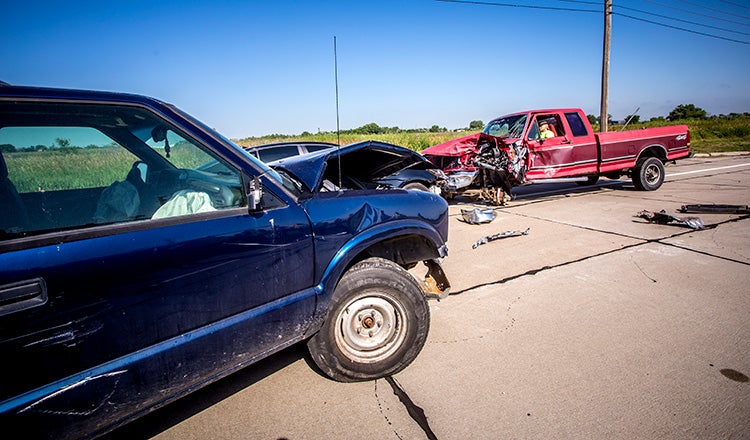How New Data Tools Are Improving Transportation Roadway Safety

Transportation agencies have been working for decades to reduce roadway fatalities, aiming for progress toward zero deaths. While the goal has not changed, results have plateaued in recent years. But powerful data-informed insights are offering exciting new ways to further the effort.
Three of HDR’s experts — Katie Caskey, AICP; Robert Frazier, P.E., AICP; and Richard Storm, P.E., PTOE — explained advancements in safety in the latest issue of ITE Journal, published by the Institute of Transportation Engineers. The three shared examples from Minnesota and Kentucky, where agency leaders are using data modeling and machine learning algorithms to better identify where crashes have occurred and predict where they will occur.
In Minnesota, for instance, a database of millions of records was built to look at a combination of roadway features, weather, vehicle speed, enforcement and more. The database, built as a proof of concept, is used to predict the likelihood that a fatal or serious injury crash will occur at any hour of the day on identified roads over the course of a year. A subsequent phase is now expanding the method and data to new roads.
“By bringing together novel data sources of enforcement and traffic data merged with powerful statistical modeling, new ways to predict the likelihood and location of fatal and serious injury crashes are being developed,” the authors wrote. “After the early gains of many who adopted the zero-fatality vision, fresh thinking and new tools can re-energize our drive toward zero.”
Read the whole article, "Digging Deeper in the Drive Toward Zero," in the July 2023 issue of ITE Journal.


